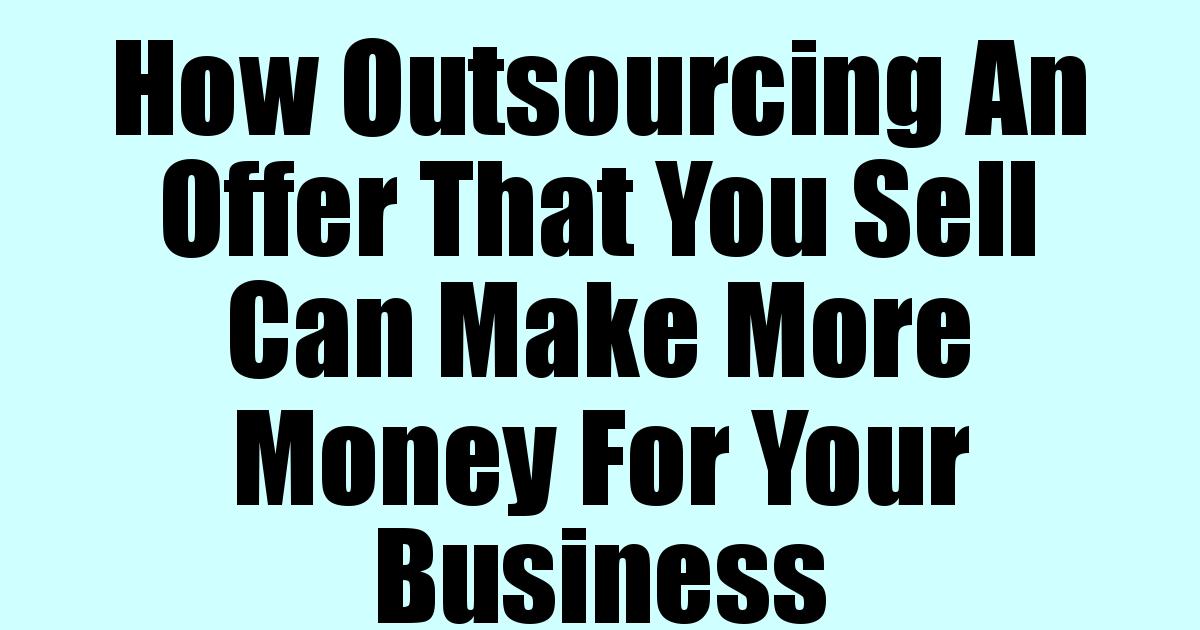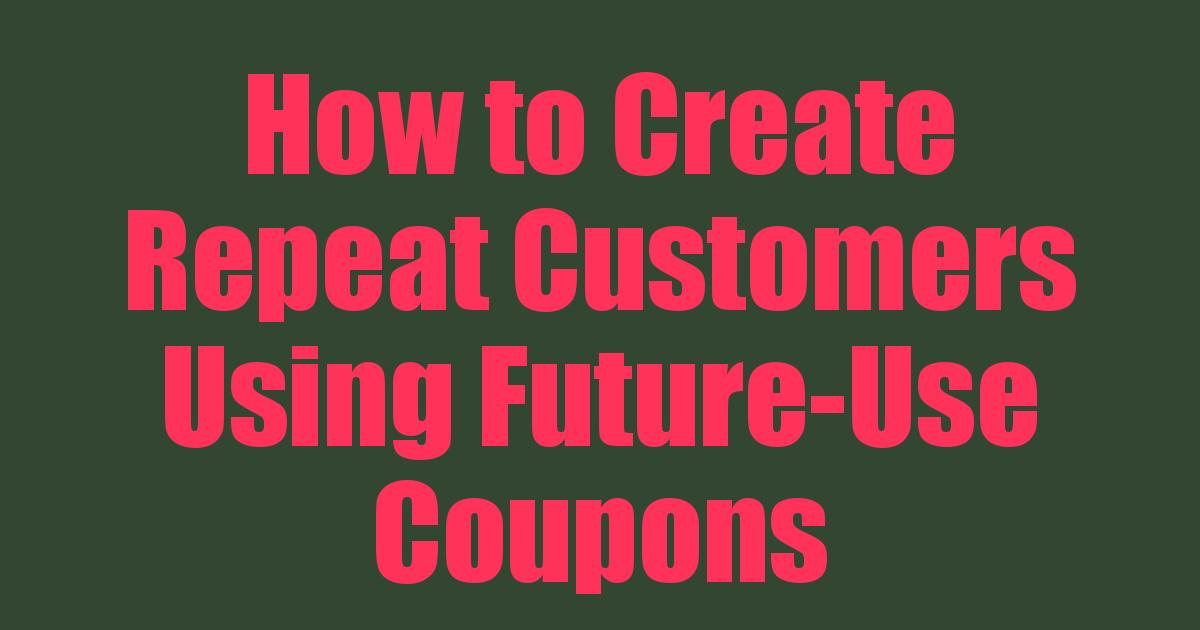 It would not be wrong to say that people’s interest in blogging has hit the highest point in recent years. Some people believe that blogs are dying, but more accurate they're evolving. Make no mistake, blogs are here to stay, but they're more competitive than ever. With social media, freelancing, and SEO becoming widely used around the world, the trend of blogging has dramatically increased in recent times. Millions of blogs are being written on a daily basis, but there are some basic tips and techniques which should be implemented in every excellent and engaging blog post you write.
It would not be wrong to say that people’s interest in blogging has hit the highest point in recent years. Some people believe that blogs are dying, but more accurate they're evolving. Make no mistake, blogs are here to stay, but they're more competitive than ever. With social media, freelancing, and SEO becoming widely used around the world, the trend of blogging has dramatically increased in recent times. Millions of blogs are being written on a daily basis, but there are some basic tips and techniques which should be implemented in every excellent and engaging blog post you write.
Captivating Title and Headline
Many writers tend to ignore the fact that a good blog post is always about just one idea. There is no need to add numerous ideas and topics in a single blog post because the primary purpose of a post is to discuss and elaborate on one idea. A good title is the one that captures the readers’ attention at the very first glance and briefly describes the content of the post. It should be based on the pattern of an engaging magazine headline or a newsflash that attracts the user and forces them to click the link.
You should take time in crafting a fantastic headline for your post because it will be the first item that any readers see, and if it is not catchy enough for the user, you may lose a potential reader.
An Engaging Opening Paragraph
The importance of the first impression of a user cannot be understated. A large amount of data is available on the web that will support this. With all the content out there, it has become much more challenging to hold readers' attention. No one's going to read for an extended period of time, unless the content is unique and engaging.
An opening paragraph of a blog post is crucial to keep your reader interested in your writing. Blog posts should always start with something interesting like an amazing quote, a thought-provoking question, or a bold statement.
Targeted Audience
A good blog post is the one which targets a specific audience, depending on the topic and relevance of the post. In order to write a good post, you should know who your audience is and what they are searching for. Targeting an audience is vital to make sure your content reaches the right kind of readers who are interested in the category on which the post is written. A post that's targeted is more effective in attracting more traffic to your blog as well as keeping the readers glued.
Many blogs become successful by smartly guessing the demands and interest of their audience; however, it should be done in a professional way. Consider using different tools available on the internet to determine the requests your readers might make. Some of these tools might include Twitter Advanced Search, Keyword Tools. SEMrush, and many others.
Unique and Interesting Content
Excellent blog posts not only manage to capture the reader's attention through engaging headlines and opening sentences but also maintain interest throughout the post. The content of any blog post should be exciting and unique. Make sure the reader isn't bored and reads the the entirety of your content. Any point or opinion discussed in the post should be supported by some evidence or logic to present your thoughts clearly to the readers. High authority, trustworthy links are great when possible. Clear, comprehensive, and unambiguous writing always attracts the readers and keeps them involved.
Using Subheadings And Smaller Paragraphs
A well-presentable blog post is essential to make it easily readable for the users. Majority of the people skim through a blog post before deciding to read it, so it is important to format the blog posts properly. It can be done by dividing a post into several headings and subheadings with small paragraphs to clearly indicate the topic of each section.
Using bullet points and numbering can be done to make it easy on the reader’s eyes and keep them engaged throughout the article. Design, style, and format of the blog should be selected appropriately according to the type of blog.
Some the tips in using bullet points are:
• Treat the bullets as small headings to write concise and clear points.
• The bullets should be symmetrically formatted.
• Avoid excessive bullet points
Images
Visual content is the tried and tested method of immediately capturing the user’s attention. Captivating pictures can boost the traffic of your blog quickly and easily. You should take or design your own unique images for the blog. If you can't find or design original images yourself, there are numerous online free resources available to get the photos for your content. Consider programs like Canva, websites like Pexels, Morguefile, and Pixabay for open-sourced, copyright free photos.
SEO Optimization
SEO is an essential part of any kind of online content, including blogs. Organic searches are a huge part of the traffic blogs will see. Your content must follow the SEO best practices and the media used in your website is SEO optimized for higher ranking on the search engine result pages.
Some of the tips of optimizing a blog post are:
• Write an appropriate meta title
• The meta description should be added to clearly describe the post
• Focus keywords should be used
• Images and video should be optimized.
• Using internal links for optimization.
If you need any help in setting up a blog and writing good and captivating blog posts, you should considered Robot Author for further help with streamlining the process of creating great online content for your blog.
 Search engines remain one of the most common tools users are utilizing to find things online, Google of course being the most prominent among them. Search engine optimization is therefore key and making your site visible and getting your content on more eyes. You need traffic to build an audience, and an audience to build conversions. That starts with search engine optimization. There are different types of search engine optimization including off-page and on-page, and the rules vary a little by search engine.
Search engines remain one of the most common tools users are utilizing to find things online, Google of course being the most prominent among them. Search engine optimization is therefore key and making your site visible and getting your content on more eyes. You need traffic to build an audience, and an audience to build conversions. That starts with search engine optimization. There are different types of search engine optimization including off-page and on-page, and the rules vary a little by search engine.
 Business to marketing seems like a foreign language to many people who are trying it for the first time. The consumer markets seems so much plainer and easier, after all, we're dealing with every day people. With businesses we feel we are dealing with some mysterious entity or some divine VIP, a thing whose persona is foreign to everything we knew in the every day human consciousness.
Business to marketing seems like a foreign language to many people who are trying it for the first time. The consumer markets seems so much plainer and easier, after all, we're dealing with every day people. With businesses we feel we are dealing with some mysterious entity or some divine VIP, a thing whose persona is foreign to everything we knew in the every day human consciousness.
 How many of us wish we could find out the domain owner of a website, but we end up finding the host instead of the original owner? Sometimes we find nothing at all. A popular domain can be a precious treasure, but before you begin your hunt, you'll need a clear purpose in mind. Work out the what and the why that surround your need for this domain, and then ask these two important questions:
How many of us wish we could find out the domain owner of a website, but we end up finding the host instead of the original owner? Sometimes we find nothing at all. A popular domain can be a precious treasure, but before you begin your hunt, you'll need a clear purpose in mind. Work out the what and the why that surround your need for this domain, and then ask these two important questions:
 There’s only so much time in the day, and although it can be a great idea to add extra services that you sell and fulfill yourself, it’s not always practical. This is why it can be a great idea to look for other services or offers that you can sell yourself but easily outsource to others to do with little to no work on your part.
There’s only so much time in the day, and although it can be a great idea to add extra services that you sell and fulfill yourself, it’s not always practical. This is why it can be a great idea to look for other services or offers that you can sell yourself but easily outsource to others to do with little to no work on your part.
 How can you encourage customers to make their second, third, and fourth purchase with you? How can you entice them to keep coming back and buying from you, changing them from a once off customer to a regular? Future-use coupons are one great strategy to employ to incentivize customers to make that next buy.
How can you encourage customers to make their second, third, and fourth purchase with you? How can you entice them to keep coming back and buying from you, changing them from a once off customer to a regular? Future-use coupons are one great strategy to employ to incentivize customers to make that next buy.
 One of the best things you can do to get people to take action, especially online, is to offer a free plus shipping & handling offer. These offers have an obvious HUGE value because nothing beats free, and by having them pay a small S&H fee, they still see the value in the free product, despite how often times your products’ costs might be completely covered in this S&H fee.
One of the best things you can do to get people to take action, especially online, is to offer a free plus shipping & handling offer. These offers have an obvious HUGE value because nothing beats free, and by having them pay a small S&H fee, they still see the value in the free product, despite how often times your products’ costs might be completely covered in this S&H fee.
